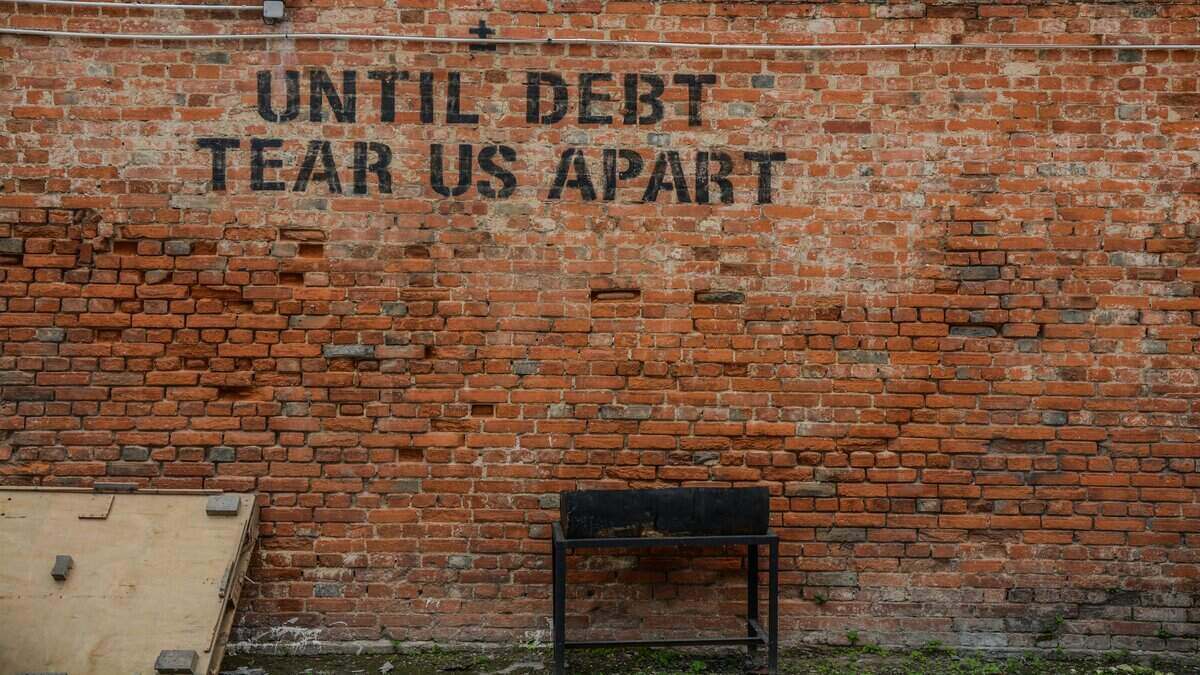Across the nation, the level of employment decreased by around 15,000, with the number of unemployed increasing by 36,000.
The participation rate remained high at 66.8%.
ABS Head of Labour Statistics Bjorn Jarvis said employment is still around 387,000 people higher than last July.
“July includes the school holidays, and we continue to see some changes around when people take their leave and start or leave a job. It’s important to consider this when looking at month-to-month changes, compared with the usual seasonal pattern," Mr Jarvis said.
"The only other fall in employment in 2023 was in April, which also included school holidays.
“While unemployment increased by 36,000 people in July, to 541,000, it was still around 172,000 lower than before the pandemic.”
Monthly hours worked increased 0.2% implying the labour market continues to remain tight.
There were 386,000 more full-time workers than in July 2022, while part-time employment only increased by 1,000 people.
This comes as new data from Seek revealed the number of jobs listed increased 0.8% in July, the first monthly increase since January.
NAB Head of Market Economics Taylor Nugent said the slow easing in job advertisements is not suggesting a sharp rise in unemployment in the near term.
“At this stage, while noticeably softer than the exceptionally tight labour market environment of 6-12 months ago, labour demand indicators remain at reasonably robust levels, suggesting only a gradual life in the unemployment rate,” Mr Nugent said.
Major bank economists remained relatively in consensus with one another, forecasting the unemployment rate to either hold steady at 3.5% or tick up slightly to 3.6% - neither of which eventuated.
Prior to the data’s release, Mr Nugent said a rise or hold in unemployment will add more fuel to the argument the RBA has finished its interest rate hiking cycle it began last year.
“The monthly numbers can be volatile, so anything near consensus is unlikely to bring the RBA back from the sidelines in a hurry,” he said.
Dwyfor Evans, Head of APAC Macro Strategy at State Street Global Markets, said another interest rate rise would be hard to justify now.
"Long regarded as a lagging indicator but careful not to overplay a single data point, the weaker than expected July employment report vindicates the RBA’s more cautious stance on monetary policy and combined with soft online prices, further solidifies the view that the hiking cycle is at an end," Dr Evans said.
Where to from here?
Appearing in front of a House of Representatives committee last Friday, outgoing RBA Governor Philip Lowe said the central bank’s view is that unemployment would rise slightly.
“Our sense is that for inflation to come back to 2-3%, then we’re going to have to see some moderation in growth in unit labour costs, and that’s why the pick up in productivity is so important,” Dr Lowe said.
“We’re hoping that the rise in unemployment will be modest but to get services price inflation back to a more sustainable rate.
“Our judgment is that that’s likely to be accompanied with some modest rise in unemployment.”
In the RBA’s eyes, high employment can put pressure on the economy - more people in jobs means more money to be spent and thus more inflationary pressures.
The central bank expects the jobless rate to hit 4.5% by December next year.
On a more positive note, RBA minutes from the August meeting revealed the Board appears more comfortable they are on the path to achieving the desired ‘even keel.’
This suggests inflation returning to the 2-3% target band while maintaining some of the gains in the labour market.
Image by LinkedIn Sales Solutions via Unsplash



 Harrison Astbury
Harrison Astbury
 Harry O'Sullivan
Harry O'Sullivan

 Brooke Cooper
Brooke Cooper

